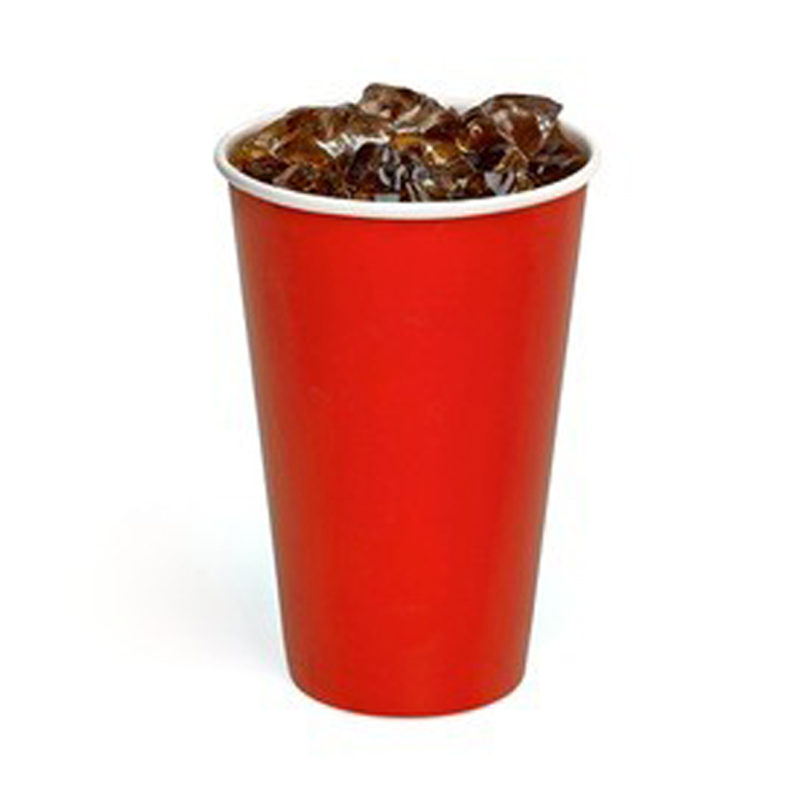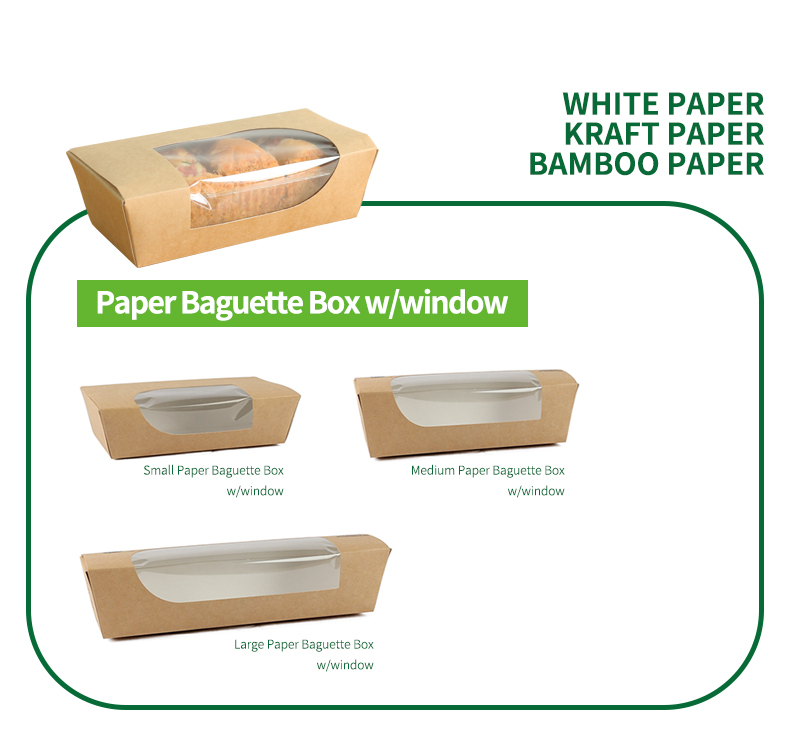Publisher - Award-Winning Impact Media - Alt Protein & Sustainability Breaking News
Coffee and climate have a rocky relationship. Climate change has disrupted coffee production and threatened the existence of several species of the crop, while coffee itself has been found to drive deforestation. In fact, when calculating greenhouse gas emissions per 1,000 kilocalories, coffee tops the list of researched foods with emissions at 50.95kg of carbon dioxide equivalent. Cutlery Set

There have been efforts to reduce the impact of coffee on climate change, with some even making beanless alternatives to the drink. This is all in terms of the drink itself, but then there’s the packaging itself. An increasing number of coffee brands have introduced eco-friendlier elements replacing plastic with paper, including straws and cups.
But the new research has found that the latter may not be as sustainable as once thought. The University of Gothenburg study, published in the journal Environmental Pollution, examined the impact of paper cups – especially those not disposed of properly – on aquatic midge larvae. To ensure that paper cups don’t absorb liquids or disintegrate when hot liquid is poured in, they’re lined with a thin film of plastic, and that’s where the problems start.
The researchers placed both plastic and paper cups in water or sediment for up to four weeks, allowing them to leach out. Then, the midge larvae were added to each environment. They found that, regardless of which material contaminated the environment, the larvae grew less in both the sediment and the water.
While no chemical analysis was done to find out which substances leached from the paper cups, lead author Bethanie Carney Almroth suspects it’s a mix of chemicals that damaged the two media, according to Wired. Disposable coffee cups are made up of a mix of synthetic chemicals and materials, including often toxic processing aids and heat stabilisers. Even manufacturers using plant-derived substances like PLA, corn or cassava to coat paper cups sometimes add chemicals for stability.
Carney Almroth noted that it’s hard to know which chemicals are used in these applications. “This would all be much easier if companies were required to tell us what they use in their products,” she told Wired.
While recycling seems like a viable solution, it’s more complicated than that. First off, it can be difficult for most recycling centres to separate the plastic coating from the cup’s paper. In fact, very few centres in the UK actually accept paper cups. Then, even if they manage to extract the coating, plastic recycling is in itself a major problem.
In the UK, only 4% of coffee cups are actually recycled. One estimate goes even further, saying only 0.25% were recycled in the UK, as of 2019. And while only 35% of all waste is actually recycled, that number drops to just 9% for plastic waste. Finally, experts believe there is too much importance put on the act. One study has placed recycling penultimate on a list of 50 actions people can take to reduce their carbon footprint.
To counter this problem, Carney Almroth suggested using established materials to build a circular economy. She explained that fewer raw materials should be extracted and processed into plastics, adding: “But we also need to look at the alternatives that are put forth as we make a shift into something more sustainable to make sure that we’re not just replacing one product with another.”
There have been a host of innovations trying to solve the paper cup problem. Packaging solutions company ChoosePlanetA’s The Good Cup is made from home-compostable paper that’s free from polyethylene coating and doesn’t need a plastic lid. Poland’s Picup, meanwhile, has launched Europe’s first 100% biodegradable coffee cups that have seeds that can plant a tree after the drink is consumed.
There’s also Pinyapel, a paper made from waste pineapple leaves by the Design Center of the Philippines, which can be used to make coffee cups. Edible cups are also touted as a solution – Auckland-based startup Twiice makes biscotti cups that can be eaten after the coffee is finished, which were trialed by Air New Zealand.
While all these solutions are hoping to introduce a more climate-friendly and less toxic way of drinking coffee, Carney Almroth and her colleagues feel the end game is to move away from disposable cups altogether. “We cannot afford to only replace one material (i.e., plastic cups) with another (i.e., paper-based products) but rather must reduce consumption and use of single-use products overall,” the study concludes.
Carney Almroth sums it up in a statement: “Now, we need to shift back and move away from disposable lifestyles. It is better if you bring your own mug when buying takeaway coffee. Or, by all means, take a few minutes, sit down and drink your coffee from a porcelain mug.”
Anay is Green Queen's resident news reporter. Originally from India, he worked as a vegan food writer and editor in London, and is now travelling and reporting from across Asia. He's passionate about coffee, plant-based milk, cooking, eating, veganism, food tech, writing about all that, profiling people, and the Oxford comma.
My Beautiful Cafe-Launderette: Clean Coffee’s Cynthia Lok Talks Oat Milk, Sustainability & Sourcing
Meat Dishes Dominate Recipe Sections of Mainstream Media, from NYT to BBC & The Guardian – New Report
Citizen Planet: 10 Things to Do for the Climate in 2024
‘Global Boiling’: 2023’s Term of the Year?
Can Remote Work Be Good for Climate Change? This Study Thinks So
Japanese Government Awards Multi-Million Dollar Grants to Plant-Based Egg & Cultivated Meat Startups
Netflix Series ‘You Are What You Eat’: Vegan Diet Benefits Includes Better Sex, Longer Life and a Healthier Heart
When It Comes To Alternative Proteins, Australia is Punching Above Its Weight, Argues Food Frontier’s Simon Eassom
Where to Study the Future of Food: The Best Alt Protein University Programs
Citizen Planet: 10 Things to Do for the Climate in 2024
‘Global Boiling’: 2023’s Term of the Year?
Can Remote Work Be Good for Climate Change? This Study Thinks So
China’s Hang Lung & France’s LVMH Announce Groundbreaking Sustainability Partnership To Accelerate Joint ESG Goal
Looking To Start a Future Food Startup? Singapore’s Protein Innovation Centre Is The Launchpad You Need
From Plastic Waste to “Green Concrete”: Sino Group Partners with EcoBricks to Inaugurate Sustainable Solutions for the Built Environment
‘Beef But Better’: Kerry Identifies What Australia Consumers Are Looking From Plant-Based Beef Burgers
Kerry Is Helping F&B Capture Asia’s Growing Plant-Based Meat Demand
We INFORM. We INSPIRE. We EMPOWER. Founded by serial entrepreneur Sonalie Figueiras in 2011, Green Queen is an award-winning sustainability & impact media platform advocating for social & environmental change in Asia. Our mission is to shift consumer behaviour through our authentic, original and ground-breaking content.

Disposable Paper Cup Green Queen is an editorially-driven media publication. Over 98% of our content is editorial and independent. Paid posts are clearly marked as such: look for 'This is a Green Queen Partner Post' at the bottom of the page.